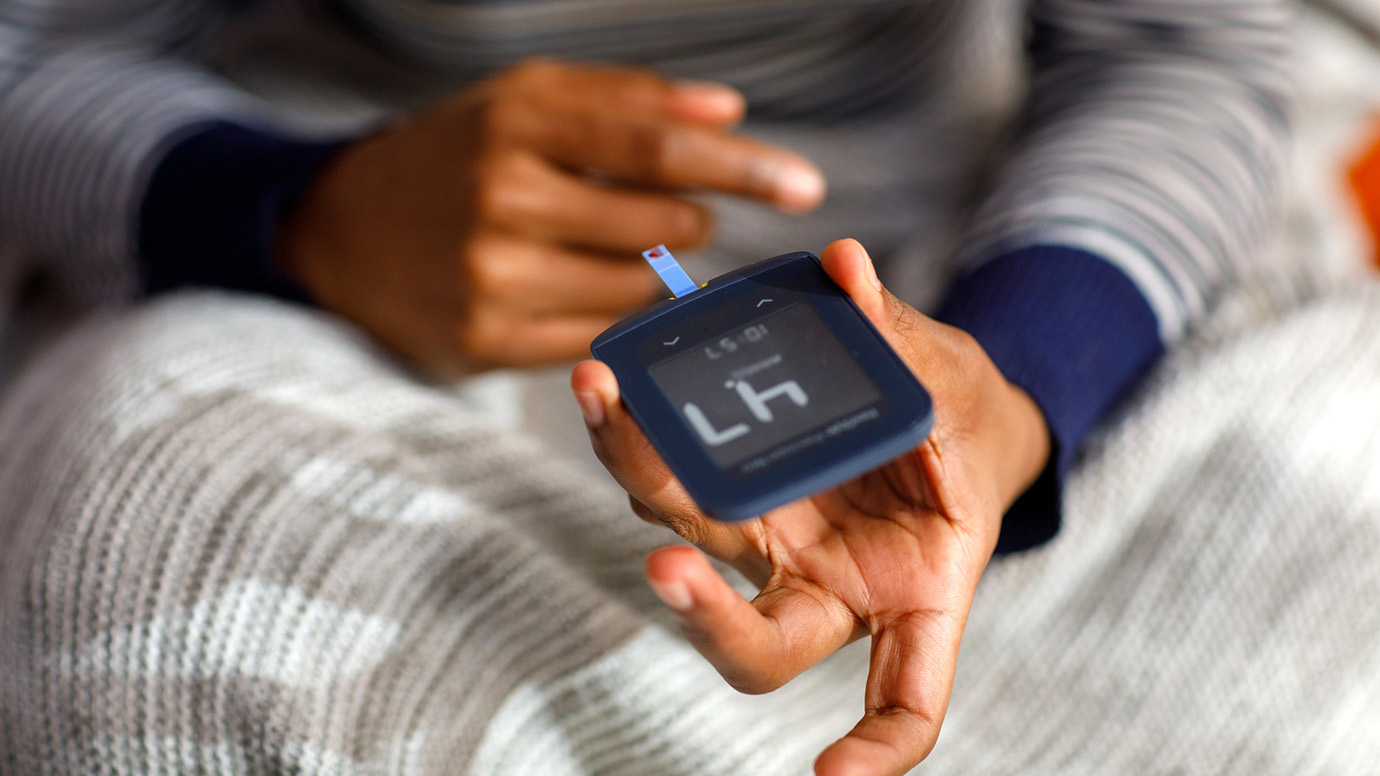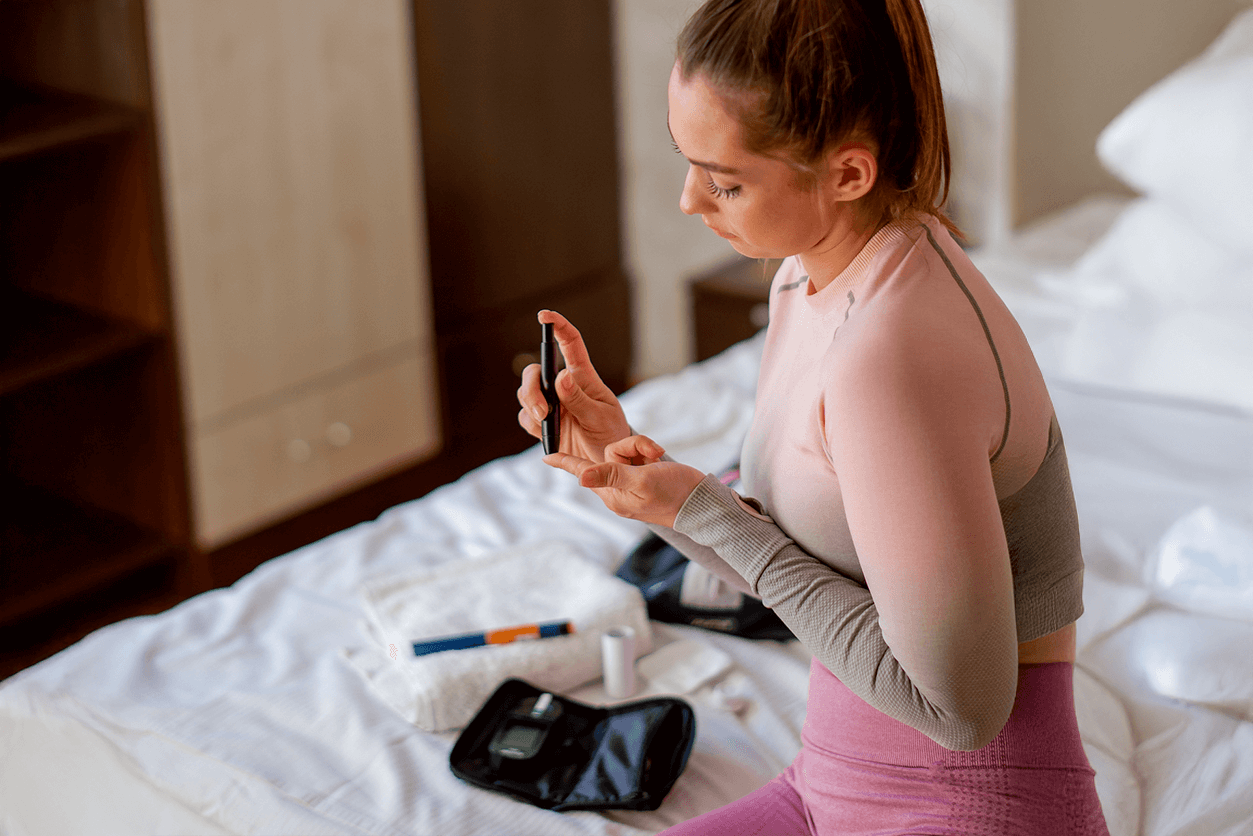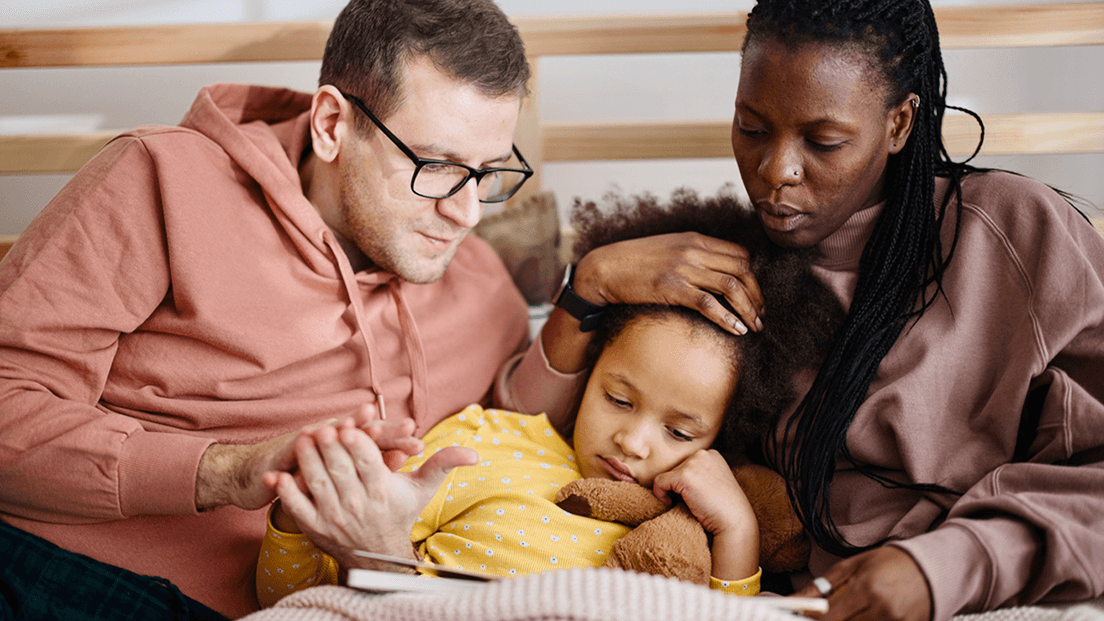Severe Hypoglycemia Disaster Preparedness Plan
Written by: Beyond Type 1 Editorial Team
4 minute read
May 30, 2019
Severe hypoglycemia can strike when you least expect it and be disastrous. Know what to do in the case of an emergency.
Living with type 2 diabetes requires a lot of care. Learning about it gives us the tools to manage it and enjoy a high quality of life—this includes watching out for hypoglycemia (low blood sugar) and knowing how to treat it. Hypoglycemia can strike at any time, but sometimes, it can be disastrous. We want you to be prepared in the event of an emergency with our disaster prep kit for severe hypoglycemia.
Here’s what you should keep with you in the event severe hypoglycemia strikes.
Diabetes testing supplies
- Keep your diabetes testing supplies with you, similar to your daily diabetes kit but bring a little more than you think you’ll need.
- If you’re on a continuous glucose monitor (CGM), bring blood glucose monitors and test strips just in case your CGM’s readings become inaccurate or you lose your sensor.
- If you need a travel case, you can find ones specifically for people with diabetes that keep diabetes supplies at the right temperature.
- Some people choose flashy and colorful cases that can also be carried as a purse or backpack—making them stylish and easily identifiable in an emergency.
Fast-acting carbohydrates
If you’re experiencing the symptoms of hypoglycemia, test your blood sugar and keep simple carbohydrate sources in your kit, such as juices, sweets, or glucose pills.
Follow the 15-15 rule, if necessary:
- Check your blood sugar. If it’s under 3.9 mmol/L70 mg/dL, eat 15 grams of carbs.
- Wait 15 minutes. If your blood sugar is still low, eat another 15 grams of carbs, check 15 minutes later.
- Check your blood sugar again to see if your blood sugar is back to normal ranges.
On-the-go foods with 15 grams of carbs include:
- One small apple or orange
- 15 grapes
- Two tbsp raisins
- One tbsp table sugar
- Four to six ounces of juice or non-diet soda
Medical ID
- Remember to always carry a medical ID with you.
- Your ID must contain the following information: your full name, an indication you have type 2 diabetes, your blood type and at least two emergency contact numbers.
- You can opt for a simple card in your wallet or a medical ID bracelet that is easily identifiable.
Glucagon
Untreated hypoglycemia can cause seizures, unconsciousness, and possibly death.
Glucagon is a treatment for severe hypoglycemia. Besides being a hormone that occurs naturally in the body, it is also an emergency medicine used when a person with diabetes is experiencing severe hypoglycemia and cannot take sugar orally.
Once administered, it raises the blood sugar by sending a signal to the muscles and liver—where glucose is stored in your body.
Glucagon comes in several forms including:
- Nasal glucagon – Baqsimi®: This is an emergency glucagon that’s administered through your nose.
- Glucagon pen – Gvoke HypoPen®: This is a premixed glucagon injection that you press against your thigh. The auto-inject device makes it quick and easy to use. It is also available in a prefilled syringe (PFS).
- Glucagon vial & syringe – Gvoke Kit®: This is a premixed glucagon in a vial that comes with a syringe, allowing you to draw up the dose manually and inject it directly into your thigh.
- Glucagon pen – Zegalogue®: Also a premixed glucagon, available as an easy-to-use auto-inject device. It is also available in a prefilled syringe (PFS).
Learn about copay cards and patient assistance programs to get glucagon.

Author
Beyond Type 1 Editorial Team
This piece was authored collaboratively by the Beyond Type 2 Editorial Team.
Related Resources

If you have diabetes, you know insulin affects low blood sugar (hypoglycemia), but it’s not...
Read more

Managing diabetes can feel like a daunting journey, but for Chef Robert Lewis, it’s been...
Read more

Beyond Type 1 has introduced A Beginner’s Guide to Thriving with Diabetes—a core resource in...
Read more

